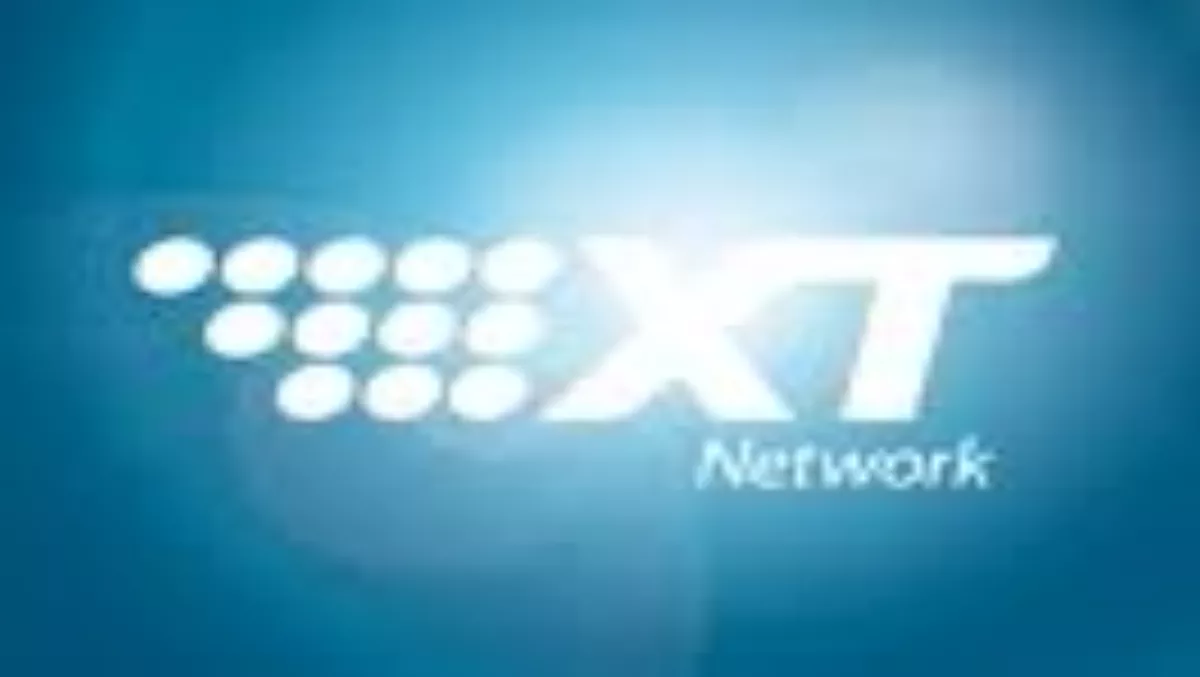
XT outages explained
Telecom and Alcatel Lucent failed to manage the high number of subscribers attracted onto the XT Network when it launched in May last year.
That is just one finding from a nine-page a report by Analysys Mason released this morning (a Telecom spokesperson told TR that this isn't the entire report as some technical details accompanying the report have not been released today). “Although the traffic volumes experienced following launch were within Telecom’s forecast volumes, the XT network was, for the reasons discussed more fully in this report, not able to manage those volume," the report reads.
The XT network was launched in a blaze of publicity and every corporate acquisition was trumpeted by Gen-i. However the Analysys Mason report claims that the network’s design couldn’t handle the rapid increase and that operational processes were designed for a “mature, well established network” rather than one that was in its “early stages of life”.
Telecom hasn’t marketed the XT Network for the past four months, CEO Paul Reynolds said at the company’s third quarter financial briefing today. Despite this, there were 128,000 net additions to the network during this time, bringing total number of subscribers to 595,000 by the end of March. In addition Reynolds says they’ve signed three Mobile Virtual Network Operators onto the network - Digital Island, Cogent/Zintel and Telco in a Box.
The report identifies the “weakest link” in the network during the outages as the Christchurch Radio Network Controller (RNC), which routed traffic south of Taupo. Since the network outages, two additional RNCs have been installed so that there are now two in Christchurch and two in Auckland. Reynolds revealed today that there will be eight RNCs on the network by June 2011.
The report also highlights operational error: “The approach to operating the network was not appropriate for a new, quickly changing network that included leading-edge technology. Consequently, systems and processes were not capable of managing the rapid pace of customer and traffic acquitions and migration and the operational systems/processes were not mature enough to predict and pre-empt the issues.”
The report also confirms that, as highlighted by Telecommunications Review in March, 97% population coverage wasn’t achieved because of 'teething problems': “A number of target network design parameters were not achieved when building the network due to physical limitations. Also an error in setting one parameter on the network meant that it was possible for coverage to vary from the designed level under certain conditions,” the report reads.
Since January Telecom has invested in 27 new mobile sites and 115 tower mounted amplifiers have been installed to help bring the network up to the same level of coverage as Telecom’s CDMA network. Reynolds wouldn't disclose today how much all these extras are costing Telecom, nor whether the bill will be shared with Alcatel Lucent.
In the media statement, Telecom CEO Paul Reynolds accepted the findings: “The review has been both chastening and heartening at the same time. Clearly some serious errors were made but the report shows that XT is fundamentally sound, that Telecom, and our partner Alcatel Lucent are now on the right track. Significant progress in improving the robustness and reliability of XT has been made.”
The report’s authors make it clear that it was not their role to attribute blame for the XT failures. “Analysys Mason was not asked or required to comment on the responsibility or accountability of either Telecom or Alcatel Lucent for the issues experienced with the XT network. This will be a matter to be determined on the basis of the contractual arrangements between the parties.”
At today's briefing Reynolds made it clear that "Alcatel Lucent has to earn its stripes."

